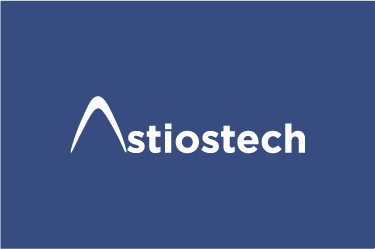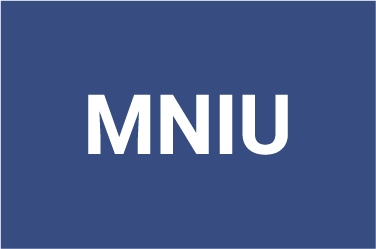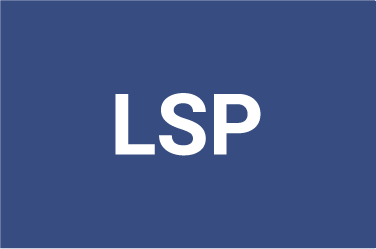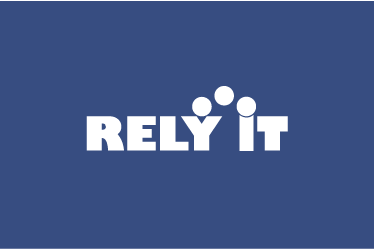“We specialize in network access control, and we needed a system that was able to monitor our mission-critical servers and routers as there was nothing in place prior. Nagios has been great for us. I’m able to take care of issues before they become fires or jump on them when they happen, at the very least.”
-Dan Shields, Impulse Point LLC


